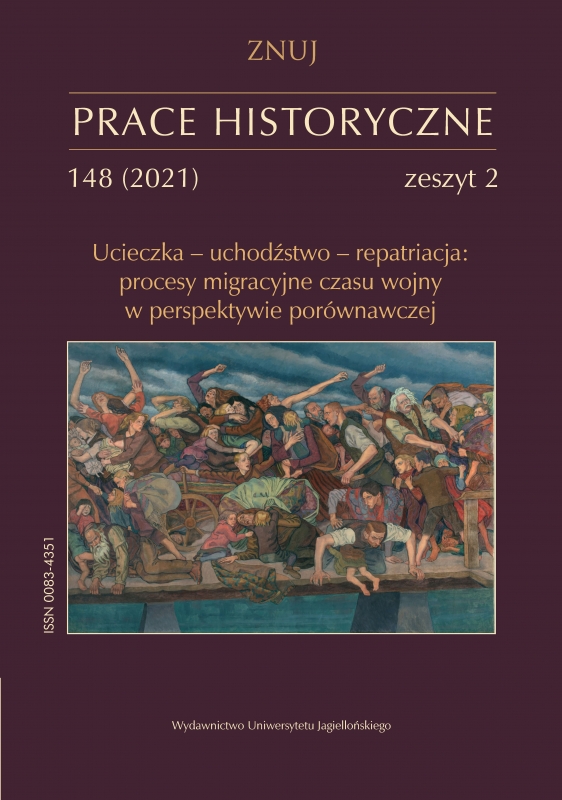The Muslim exodus and the emergence of the modern Serbian State in the first half of the 19th century
The Muslim exodus and the emergence of the modern Serbian State in the first half of the 19th century
Author(s): Krzysztof PopekSubject(s): History, 19th Century
Published by: Wydawnictwo Uniwersytetu Jagiellońskiego
Keywords: Serbia; 19th century; Muslims in Serbia; Balkans; migrations
Summary/Abstract: One of the main goals of Serbian Uprisings was to banish Muslims from the Serbian lands. After creation of the modern Serbian state, Serbia’s status was still that of a half-autonomic province, and so its authorities tried to use agreements with the Sublime Porte to achieve this goal. Although Ottoman authorities repeatedly permitted the eviction of the Muslim population from the Principality, later on they did not implement the agreements, taking advantage of the weak Serbian position. In 1833, however, things changed: The Sublime Porte allowed the Serbian authorities to banish Muslims from their territory, including the six nahiyahs then incorporated into the Serbian state (Krajina, Crna Reka, Paraćin, Kruševac, Stari Vlah and Jadar with Rađevina).
Journal: Prace Historyczne
- Issue Year: 148/2021
- Issue No: 2
- Page Range: 301-314
- Page Count: 14
- Language: English

